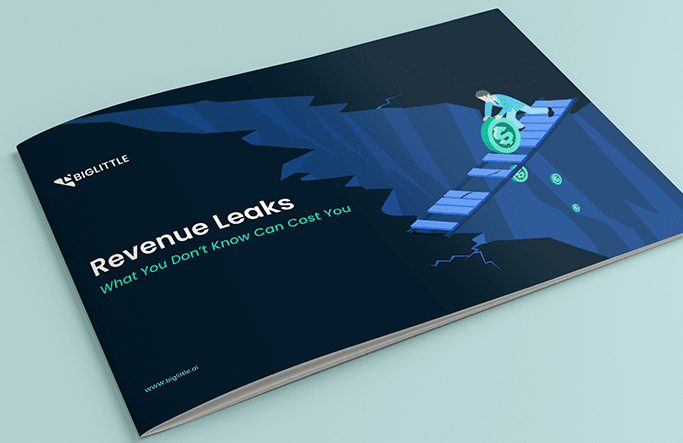How Bowtie Metrics Enhance Incident Prevention Strategies in High-Risk Industries
- January 24, 2024
How Bowtie Metrics Enhance Incident Prevention Strategies in High-Risk Industries
In high-risk industries where the stakes are exceptionally high, incident prevention becomes paramount for ensuring the safety of both personnel and assets. Bowtie metrics, a powerful analytical tool, have emerged as a game-changer in enhancing incident prevention strategies. This article delves into the transformative impact of Bowtie metrics on risk management within high-risk sectors.
Bowtie metrics visually represent potential hazards, their causes, and the preventive and mitigative barriers in place. By mapping out the relationships between these elements, organizations comprehensively understand their risk landscape. This visual aid allows for more effective communication of complex risk scenarios, fostering a shared understanding among stakeholders.
One of the critical strengths of Bowtie’s metrics lies in its proactive approach to risk assessment. Organizations can preemptively implement targeted interventions by identifying potential hazards and weak points in existing safety measures. This reduces the likelihood of incidents occurring, allows for the optimization of resources, and prioritizes risk mitigation efforts.
Furthermore, Bowtie metrics enable continuous improvement by facilitating the ongoing monitoring and evaluation of safety barriers. Regular reviews of the bowtie diagrams ensure that the preventive measures remain robust and adaptive to evolving risks. In conclusion, integrating Bowtie metrics into incident prevention strategies empowers high-risk industries to navigate their operational landscapes with precision, fostering a culture of safety that is both proactive and resilient.



